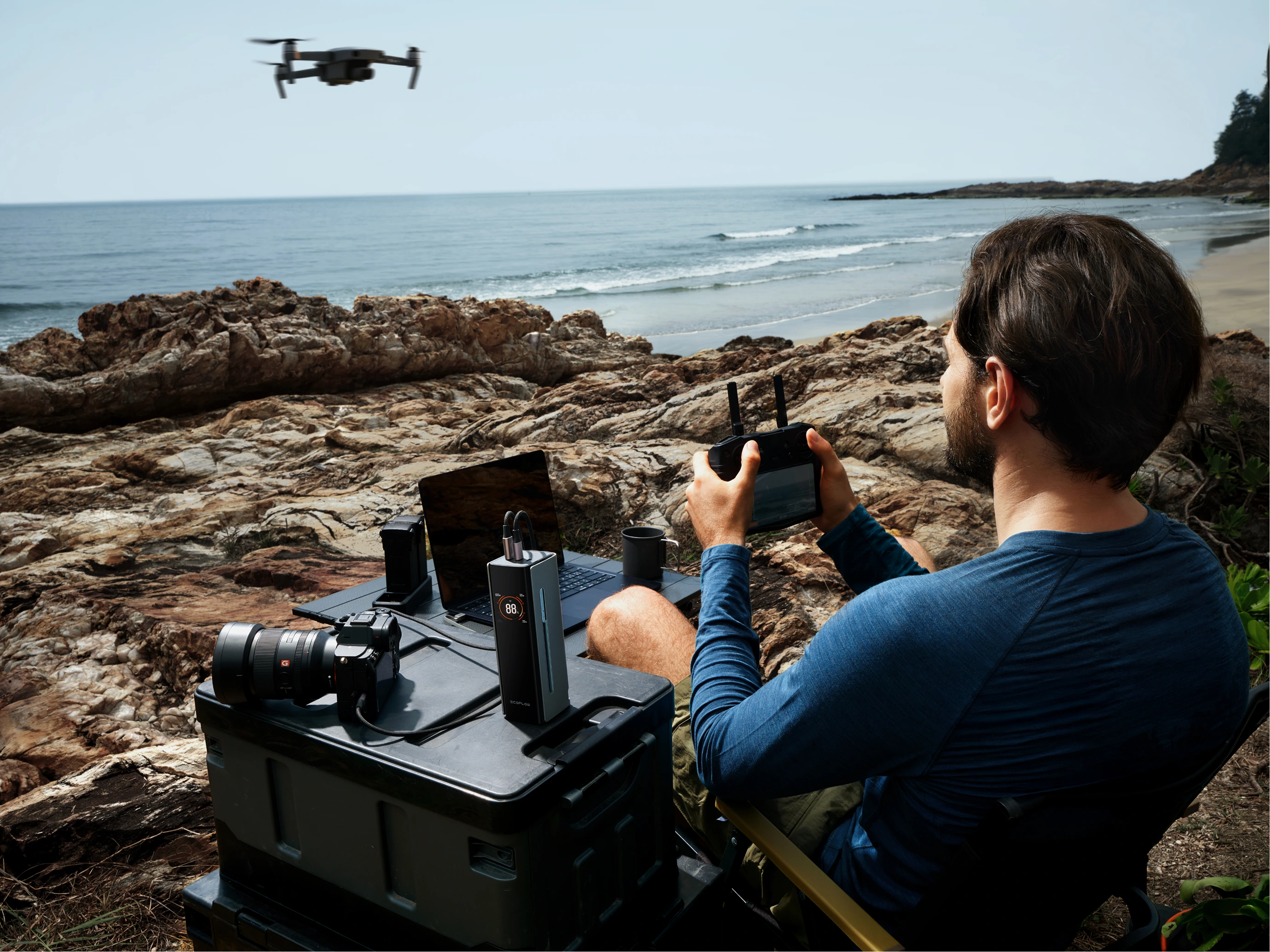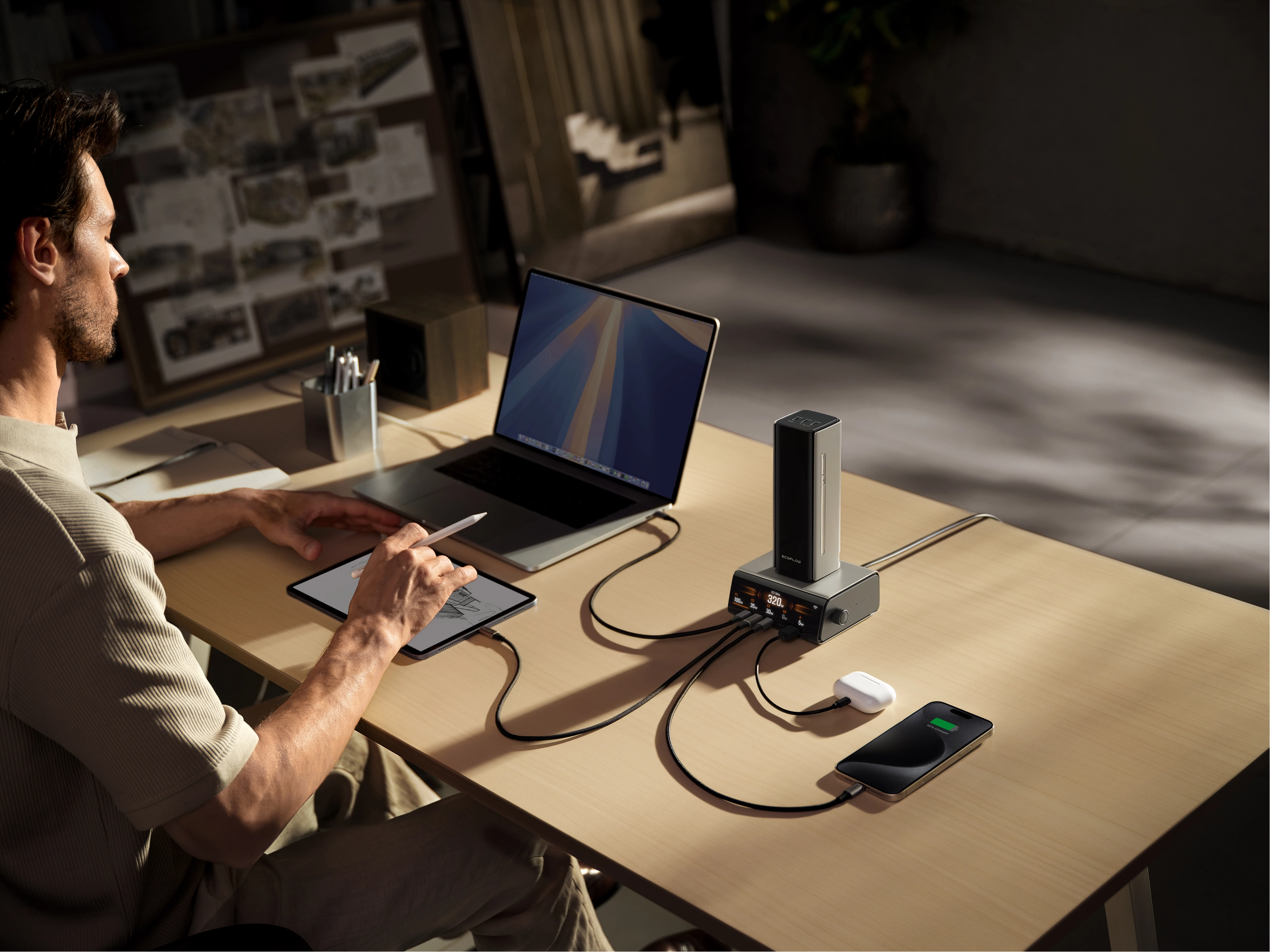- Cruise Packing Basics and Smart Cabin Tips
- Family Friendly and Shore Excursion Essentials
- Clothing Packing Guide for Cruises of Different Lengths
- Organizing Your Cruise Packing for Easy Access
- Extra Advice for First-Time Cruisers
- Travel Light, Travel Smart
- FAQs About Cruise Vacations for Families and First-Time Travelers
Cruise Vacation Essentials for Families and First-Time Travelers
- Cruise Packing Basics and Smart Cabin Tips
- Family Friendly and Shore Excursion Essentials
- Clothing Packing Guide for Cruises of Different Lengths
- Organizing Your Cruise Packing for Easy Access
- Extra Advice for First-Time Cruisers
- Travel Light, Travel Smart
- FAQs About Cruise Vacations for Families and First-Time Travelers
Cruise vacations promise both relaxation and discovery, yet they come with unique packing challenges. Cabins are compact, outlets are limited, and families often juggle multiple needs at once. Careful preparation makes the difference between feeling cramped and enjoying a smooth voyage where everyone has what they need.
Cruise Packing Basics and Smart Cabin Tips
Preparing for a cruise means thinking beyond a standard trip. The ship is both transport and accommodation, so packing must cover multiple needs. A few small adjustments save time, free space, and make life on board easier.
Travel Documents and Health Items
Begin with paperwork and health essentials. Keep passports, visas, boarding passes, and vaccination papers in a waterproof pouch. Carry prescription medications in original bottles, plus seasickness bands or patches if needed. A compact first-aid kit with bandages and pain relief prevents stressful searches at sea.
Clothing and Toiletries
Clothes should fit different activities. Pack swimsuits and cover-ups for sunny afternoons, lightweight dresses or polos for casual meals, and one semi-formal outfit for dining nights. Shoes should include sandals, sneakers, and one dressier pair. Cabins usually provide only soap or shampoo, so bring sunscreen, lotion, and personal skincare.
Power and Charging Solutions
Cabins often have just one or two outlets, rarely enough for families. A high-capacity option like the EcoFlow RAPID Power Bank, with 25,000mAh and 170W output, can power several devices at once, making it especially useful in cabins with limited outlets.
Storage and Cabin Comfort
Use small hacks to save space. Magnetic hooks hold hats or towels, while over-the-door organizers keep toiletries visible. A reusable water bottle limits buffet trips, and a light shawl or blanket makes cool evenings on deck more pleasant.
With the right mix of documents, clothing, power, and storage tools, your cabin stays functional and less crowded. Smart preparation leads to a smoother cruise.


Family Friendly and Shore Excursion Essentials
Families traveling together quickly learn that small needs matter. Children want entertainment, seniors need comfort, and shore days require carrying supplies far from the ship. Planning for these details creates calm rather than chaos.
Kid and Teen Must-Haves
Younger children benefit from familiar routines. A tablet loaded with movies, coloring kits, or storybooks provides a distraction during long waits. Kid-approved snacks, spill-proof cups, and one small comfort toy help them feel secure. For teens, e-readers, card games, or headphones encourage independence while still keeping them occupied.
Senior Considerations
Older travelers appreciate convenience and safety. Medications should stay in their original labeled bottles, ideally sorted into a daily pill organizer. A foldable cane or walking stick offers support during excursions, while wide-brim hats and sunglasses protect against harsh sunlight. Comfortable slip-on shoes make moving around cabins or narrow hallways easier.
Shore Excursion Daypacks
Excursions take families away from their cabin for hours, so a small, reliable daypack is essential. Pack sunscreen, wipes, tissues, hats, and a reusable bag for souvenirs. A portable charger keeps phones and cameras powered all day. For long days ashore, the EcoFlow RAPID Power Bank's fast recharging ability (50% in about 20 minutes) means it's ready again by the time you head out the next day.
Meeting the different needs of kids and seniors, while preparing a practical excursion bag, reduces stress and makes family cruising more enjoyable.
Clothing Packing Guide for Cruises of Different Lengths
Cruise packing needs change depending on the length of your trip. A short sailing requires efficiency, while longer cruises call for variety and laundry options. Planning with trip length in mind prevents heavy luggage and ensures flexibility.
Trip Length | Priorities | Clothing Notes | Extra Items |
Short Cruises (3–5 days) | Keep bags light, focus on multipurpose items | 2–3 mix-and-match outfits, 1 swimsuit, 1 evening outfit | Compact toiletries, versatile sandals |
Standard Cruises (7 days) | Cover casual, themed, and formal nights | 4–6 casual outfits, 2–3 swimsuits, semi-formal or cocktail attire | Detergent sheets or pods, clothespins, wrinkle spray |
Extended Cruises (10–14+ days) | Prepare for repeat events and weather changes | Layering wardrobe, several formal outfits | Portable laundry kit or onboard service, extra chargers and adapters |


Organizing Your Cruise Packing for Easy Access
Packing is only the first step; what matters next is how everything is arranged inside the cabin. With limited storage and constant activities, a smart organization ensures belongings stay visible, tidy, and quick to grab.
Tip 1: Use Packing Cubes for Clothing
Packing cubes make it easy to separate outfits by day or activity. This saves time when dressing and prevents messy suitcases. Families often dedicate one cube to swimwear, another to casual clothes, and another to evening wear.
Tip 2: Prepare a Grab-and-Go Bag
A small backpack or tote filled with sunscreen, hats, and water bottles avoids last-minute searching. Repacking it each night ensures it's ready for the pool or a shore excursion the next morning. Having one bag ready keeps the whole family moving on time.
Tip 3: Protect Formal Wear
Cruise cabins rarely allow irons, so preventing wrinkles is important. Store formal outfits in garment bags or fold with tissue paper between layers. Hanging clothes in the bathroom during a hot shower also relaxes creases naturally.
Tip 4: Keep Chargers and Electronics Together
Cables, chargers, and headphones scatter easily in small spaces. A zippered pouch keeps them together and reduces the chance of losing items. Labeling cords also helps distinguish between family members' devices.
Tip 5: Use Under-Bed Storage
Most cruise beds have space underneath that fits collapsible bins. These are ideal for shoes, laundry bags, or extra snacks. Moving bulky items out of sight makes the cabin feel less crowded.
The organization keeps cabins functional and reduces stress. With cubes, a ready day bag, and clever use of hidden spaces, cruise packing lists become easier to manage during the trip.
Extra Advice for First-Time Cruisers
Stepping onto a cruise ship for the first time can feel overwhelming, but a few extra measures keep surprises at bay. These tips help you feel confident from embarkation day.
- Pack a carry-on with essentials such as documents, medications, and one outfit, in case your checked bags arrive late.
- Add clear name tags and ribbons to your luggage so it's easy to find at the crowded port.
- Download the cruise line's app in advance; it often shows daily activities, dining reservations, and deck maps.
- Keep valuables—passports, wallets, electronics—in a personal bag you always carry.
These first-time strategies build peace of mind, ensuring you settle into ship life smoothly and focus on enjoying your vacation.
Travel Light, Travel Smart
Cruise preparation is not about packing a lot, but about having what is needed. A good checklist will allow your family to avoid fighting over outlets, struggling with small cabins, and worrying about things left behind. The payoff is more freedom to enjoy sea sunsets and lazy days ashore, with tools like the EcoFlow RAPID Power Bank (25,000mAh, 170W) on hand to keep devices charged.
FAQs About Cruise Vacations for Families and First-Time Travelers
Q1: What types of clothing are recommended for formal nights on a cruise?
Ship lines also permit one specialty dinner on longer crossings. Men usually wear dress shirts with trousers or suits, while women typically choose cocktail dresses, evening gowns, or tailored pantsuits. Most families also bring semi-formal clothes for their youngsters. As rules differ with ship lines, you may want to ask beforehand about what to wear.
Q2: Can passengers bring their own snacks or drinks on board?
Policies vary, but most ships allow pre-packaged bite-sized snacks, mostly for kids. Liquor rules are stricter. Many ships permit a sealed bottle of water or a couple of soft drink cans, but have strict limits on alcohol. It's a good idea to check your ship's individual rules so items won't be taken away when you arrive, and you'll stay within safety guidelines.
Q3: How do families with young children handle shore excursions?
Most families choose shorter, simpler excursions instead of long bus tours or strenuous activities. Carrying a light stroller, sunglasses, and plenty of water helps to keep younger children comfortable. Additionally, booking excursions through the ship adds security, since if a tour runs late, the ship will wait for its passengers. Many ports also offer convenient kids' programs close to the pier.